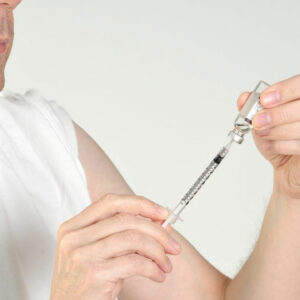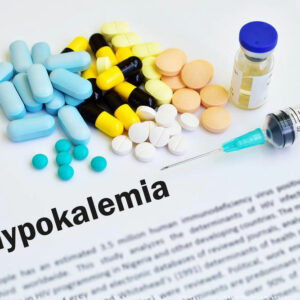
01
Impact of Consuming Ozempic in Pregnancy
Ozempic®, commonly known as semaglutide, when introduced in the body clones the function of the glucagon hormone. The glucagon hormone helps in controlling the blood sugar and insulin levels and aids proper digestion. It is a single-patient-use injection pen that is pre-filled and disposable after use. The primary function of Ozempic® is to improve the blood sugar levels among patients that are suffering from type 2 diabetes mellitus and have troubles producing glucagon. This medication, however, cannot be used for treating type 1 diabetes. In most cases, this medication is offered to the patients only after other medicines have failed to control the blood sugar levels. Medicines are made with multiple chemical compounds. This raises the risks associated with their interaction with the human body. There are certain medicines that must be avoided when the human body is going through multiple bodily changes. One such change is pregnancy. Read along to know more about using Ozempic® in pregnancy and lactation. Pregnancy There is not enough data in relation to the use of Ozempic® among women as there haven’t been enough studies for the same. This raises the inability to relate an informed drug-associated risk about adverse developmental patterns for the offspring. However, there are a few studies that resulted in clinical considerations about the medication and poorly controlled pregnancy with diabetes (mentioned below in the “clinical considerations” section). Studies on animals have shown that there might be a few risks associated with the administration of this drug during pregnancy. The potential risks were associated with the fetus as well as the mother. In any case, Ozempic® must be introduced into the body only if the potential risks outweigh the potential risks to the fetus. Studies were conducted on animals to understand the required dosage on humans and the impact of the medicine’s usage on a pregnant woman as well as the fetus.
Read More 










